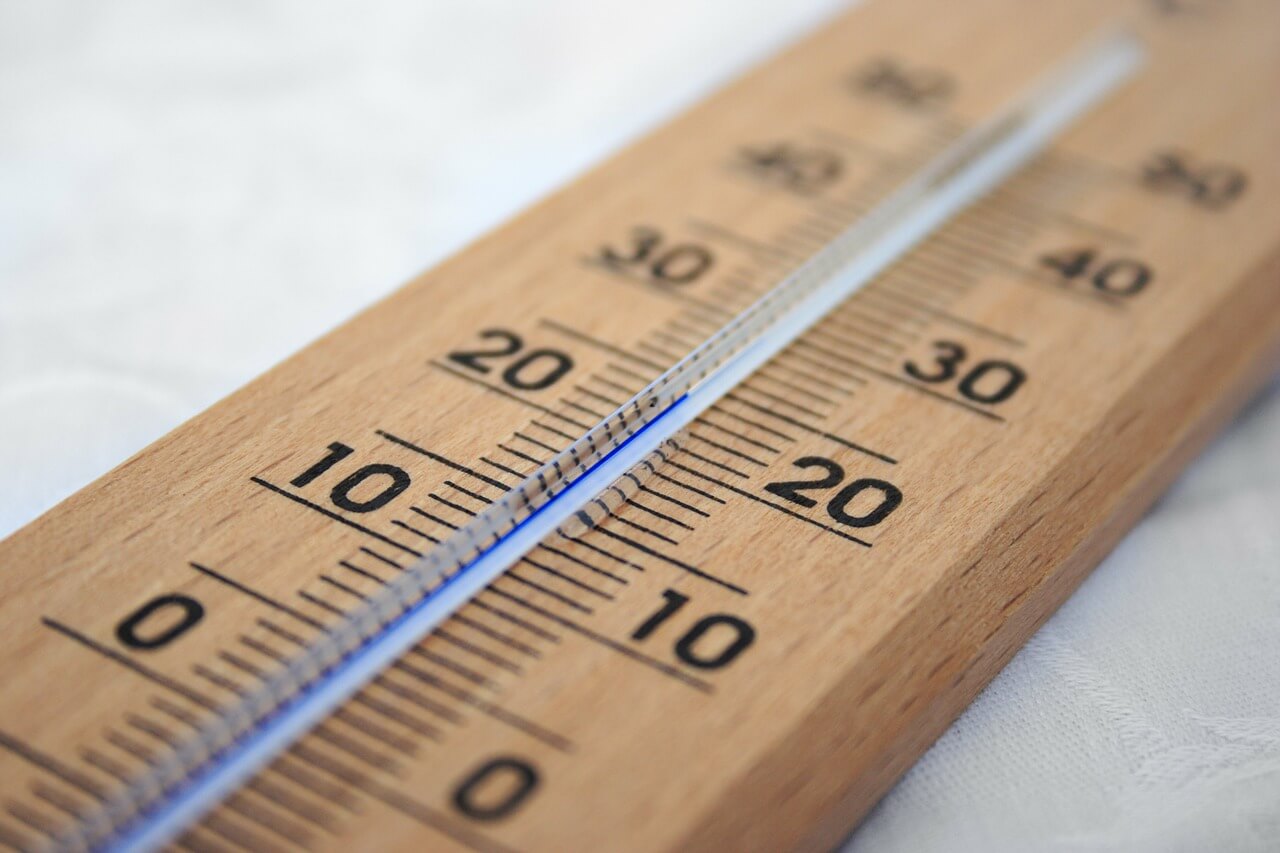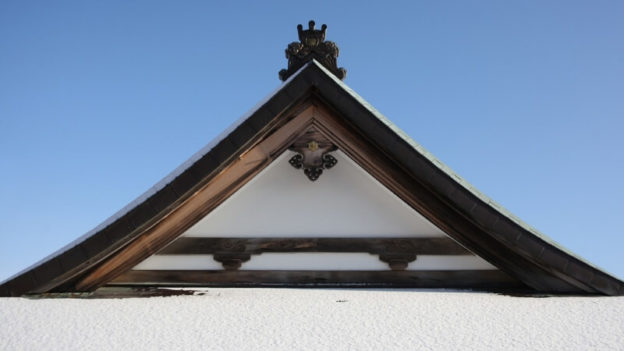If you’ve got a roof that you think needs replacing or repairing during the colder times of the year – you might be thinking ” can a roof be replaced in the winter?
Will you need to wait until the warmer months before you can get started? Is that always the case, or is it just one of those things people believe without really knowing for sure? In this article, we’re going to have a closer look.
Firstly, a lot of this is going to come down to the specifics of your own situation. After all, one winter in a specific area isn’t the same as in another. If you live in a reasonable warm year-round climate, then of course you should be able to make changes to your roof in the winter. But that’s not the case for everyone.
It’s not just the type of winter that’s important. It’s the type of roof, too. And the type of work you think it needs. There’s not one definitive answer to the question, “can a roof be replaced in the winter?”. The real answer is clearly: “sometimes, but it depends”. In this article, we’re going to look a bit more closely so you can get a more definitive answer to your specific situation. 
So can a roof be replaced in the winter? What sort of roof do you have?
As we’ve already touched on. The type of roof you’ve got plays a big roll in how easy it is to be replaced, regardless of the weather conditions.
Aside from the actual material of the roof, it’s design is also important. If it’s hard to access or has a particularly steep slope, things will be much harder in extreme weather conditions. Especially if it’s icy or frozen. Some roofs can expand or contract in extreme weather conditions and this could also cause problems for replacing them at specific times of the year.
Rolled roofs are generally quite easy to replace, so you could do this throughout the year. But not if it’s extremely cold. You see, the tar and other sealant solutions might not dry correctly if it’s too cold or wet.
If you’ve got a shingle roof, there are a few other issues you might have to content with, which we’ll have a closer look at in a bit.
What sort of winter do you have?
This is another important factor. Not every winter is the same. So the answer simply can’t be one that works for everyone. if you live in a southern state, you might find the temperature rarely dips below freezing. In those instances, while there might be a few days of the year where roof replacement isn’t recommended, you can normally get the job done at any time of year. 
But temperature isn’t the only weather condition you need to pay attention to. You might live in a mild climate heat-wise, but could still suffer other extreme weather conditions – especially wind. Wind is a big no-no for roof work and could make the job both extremely difficult and dangerous. Make sure you pay as close attention to wind forecasts as you do other weather conditions if you’re thinking about fixing your roof soon.
Not everyone lives in warmer climates, and cold winters can make it difficult to do a lot of different types of roof work. Not only is ice dangerous to stand on, it can also present problems with roof cracking and can prevent new roofs from drying properly.
Safety is the number one concern when thinking about fixing a roof at any time of year, and the weather can play a big role in this. The weather can also affect how easily the new roof will be to put in place as well as how sealants might dry. If you’re not sure about whether it’s the right time for your roof repairs, you should never take the risk. Always consult a professional with years of experience in your area and someone who knows what they’re talking about.
Since most roof constructions these days are made from shingles, we’re going to look at bit more into some of the issues associated with replacing a shingle roof in the winter. Remember, the specifics for your roof might vary a lot depending on where you live and the material used. Especially if you’ve got a roof made from something other than single, like slate or membrane.
What’s an ideal temperature for shingle roof replacement? 
Ideally, asphalt shingle roofs need a mild temperature to be repaired or replaced. That means around 40 to 85 degrees Fahrenheit. Even the best shingles can crack during installation, no matter what the temperature. But doing this when it’s either too cold or too hot can make this cracking a bit more likely.
Key benefits of getting your roof replaced in the winter
While there are a few problems associated with getting a new roof installed in the winter – there’s one big benefit.
- It’s cheaper. That’s right, many roofing contractors will offer discounts and reductions on winter roofs to try and drum up business in what’s normally a quiet time of year for them. If you’re willing to put up with a bit of inconvenience, you could get a great deal if you shop around for quotes in winter.
- It’s faster. In the down season, when roofing companies have less work, they can schedule your project right away and you don’t have to wait until the team is available.
What issues are there with winter shingle installation?
As well as the cracking issue we already looked at, really low temperatures can make it harder for the adhesive to dry that helps attach asphalt shingles to the roof. This normally only happens under 40 F. It’s not just asphalt shingles that struggle in winter, either. Fibre-glass ones can fracture a lot in the winter and other single materials can also have problems. If you want to learn more about shingles like how to tear them off or replace them, read our guide on the here
How to replace your shingles in the winter 
Firstly, make sure it’s not too cold. Try and pick one of those milder winter days at the beginning or end of the season. Keep your shingles warm before taking them outside. Instead of using traditional thermal-activated sealant, a roofer working in the winter might apply additional sealing cement to each shingle upon application.
Remember, don’t do this yourself if you’re unsure what you’re doing or don’t think you can do it safely. To answer the question can a roof be replaced int he winter the answer is ” it depends ”












